TIDT365 November 2023
3.4 Output Waveform
Output waveform at 60-V PVDD is shown in the following figures.
Test condition: 1-kHz sine-wave frequency, 4-Ω resistor, with heat sink, no airflow.
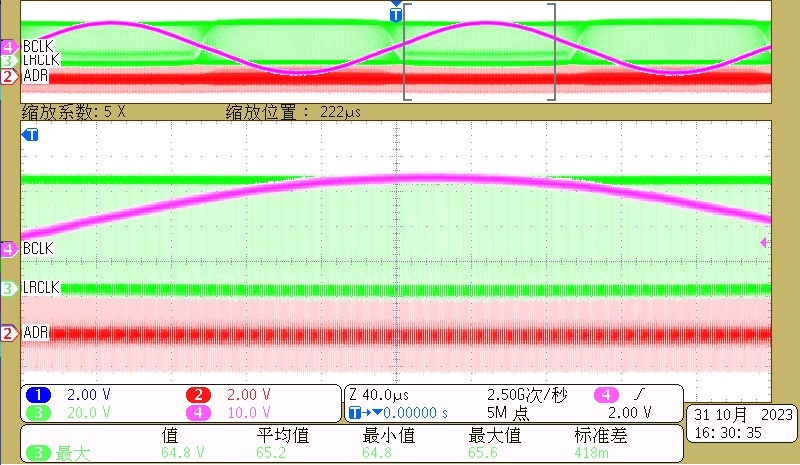 Figure 3-10 Output Waveform (Pink) With 1-MHz Switching
Frequency and 0.73 Amplitude Modulation Ratio
Figure 3-10 Output Waveform (Pink) With 1-MHz Switching
Frequency and 0.73 Amplitude Modulation Ratio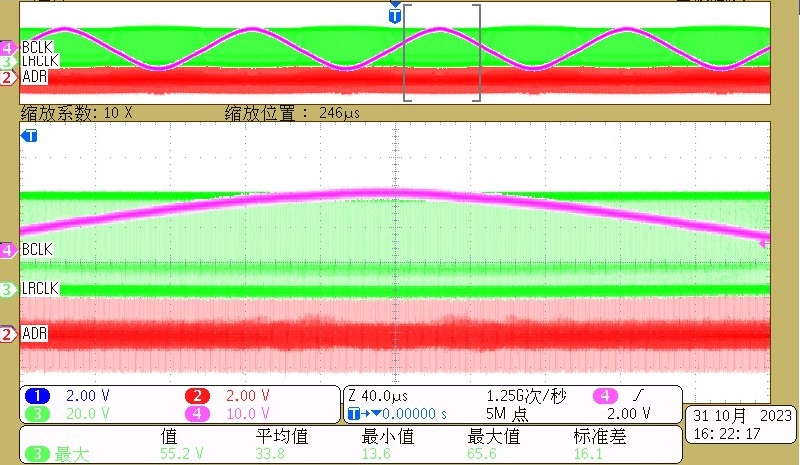 Figure 3-12 Output Waveform (Pink) With 2-MHz Switching
Frequency and 0.73 Amplitude Modulation Ratio
Figure 3-12 Output Waveform (Pink) With 2-MHz Switching
Frequency and 0.73 Amplitude Modulation Ratio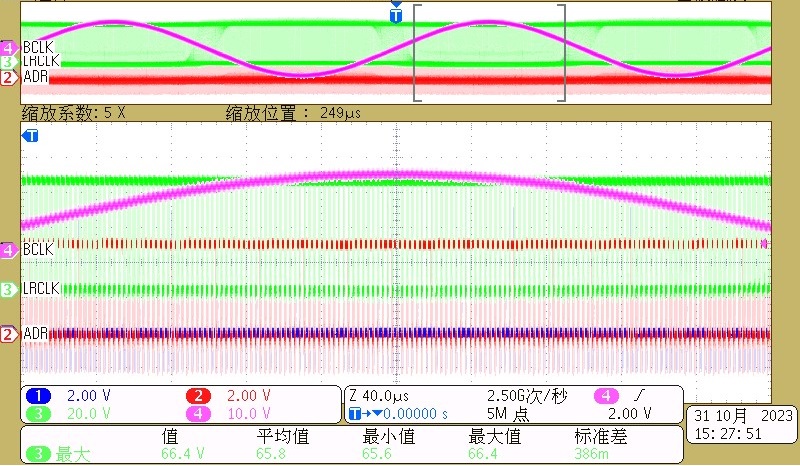 Figure 3-14 Output Waveform (Pink) With 384-kHz Switching
Frequency and 0.73 Amplitude Modulation Ratio
Figure 3-14 Output Waveform (Pink) With 384-kHz Switching
Frequency and 0.73 Amplitude Modulation Ratio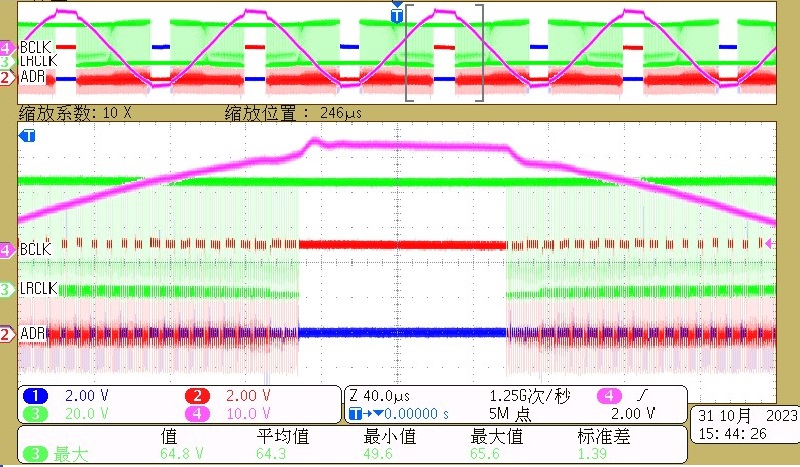 Figure 3-11 Output Waveform (Pink) With 1-MHz Switching
Frequency and 1.0 Amplitude Modulation Ratio
Figure 3-11 Output Waveform (Pink) With 1-MHz Switching
Frequency and 1.0 Amplitude Modulation Ratio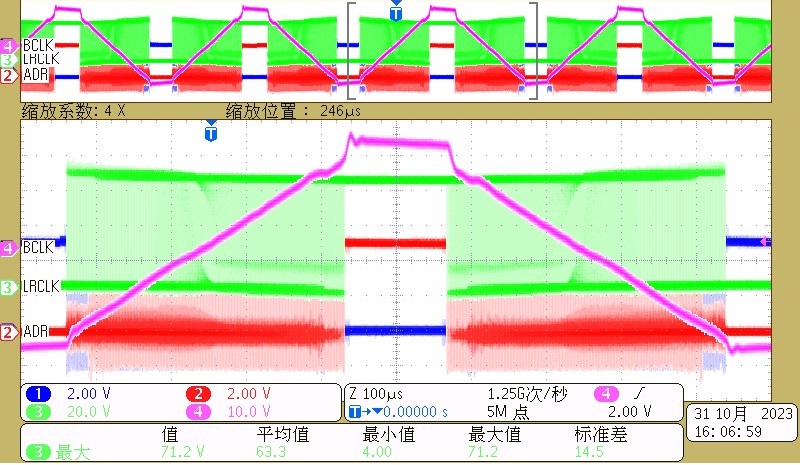 Figure 3-13 Output Waveform (Pink) With 2-MHz Switching
Frequency and 1.0 Amplitude Modulation Ratio
Figure 3-13 Output Waveform (Pink) With 2-MHz Switching
Frequency and 1.0 Amplitude Modulation Ratio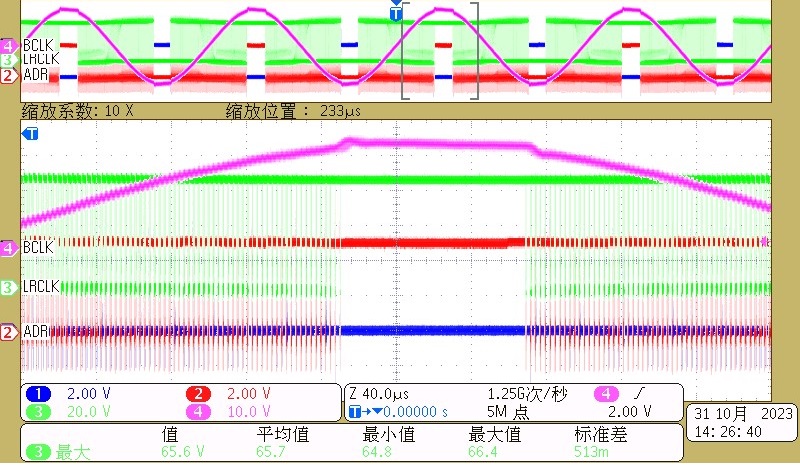 Figure 3-15 Output Waveform (Pink) With 384-kHz Switching
Frequency and 1.0 Amplitude Modulation Ratio
Figure 3-15 Output Waveform (Pink) With 384-kHz Switching
Frequency and 1.0 Amplitude Modulation Ratio